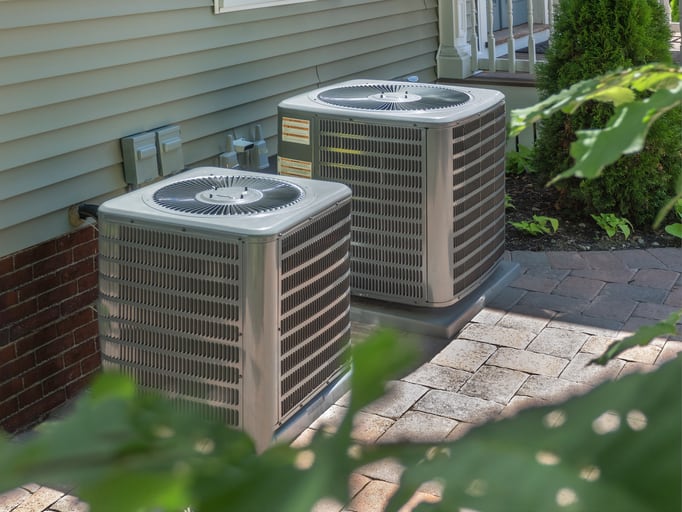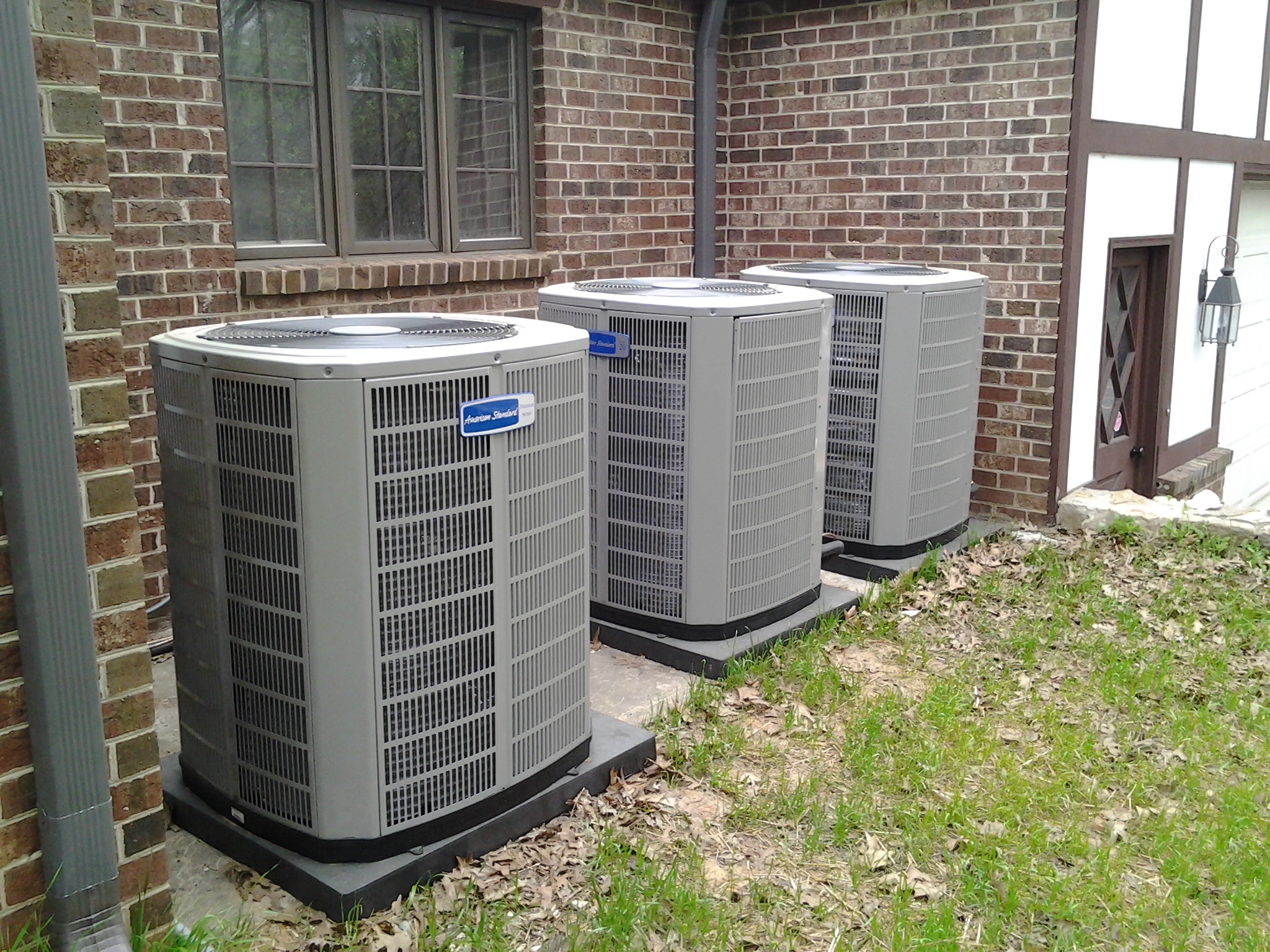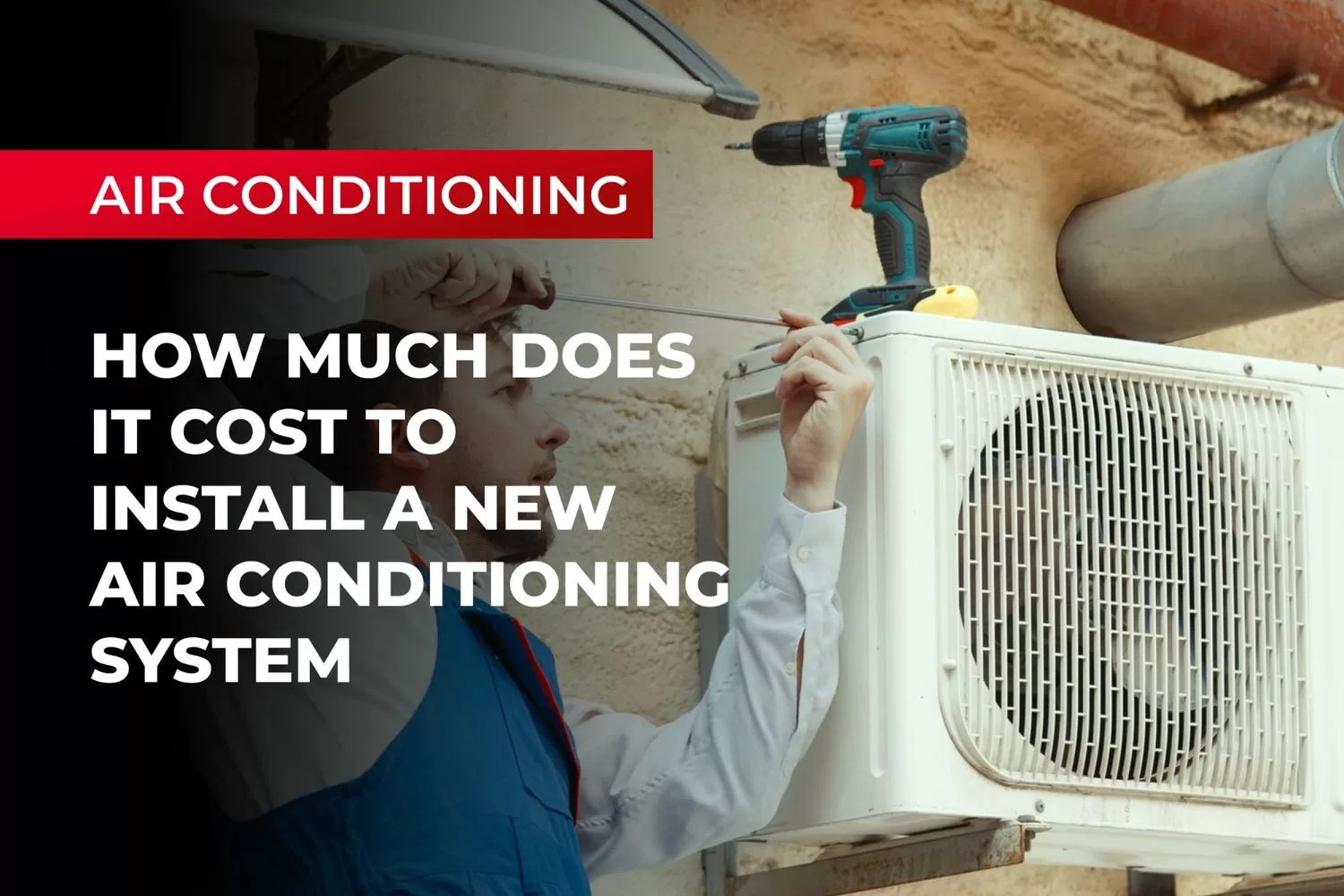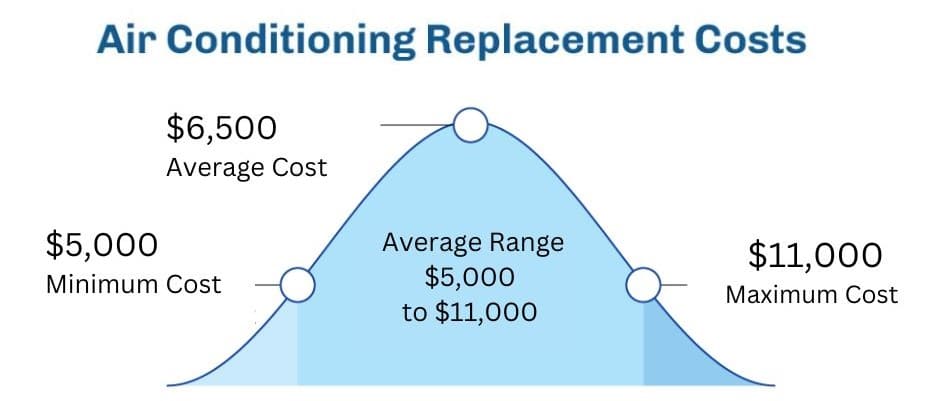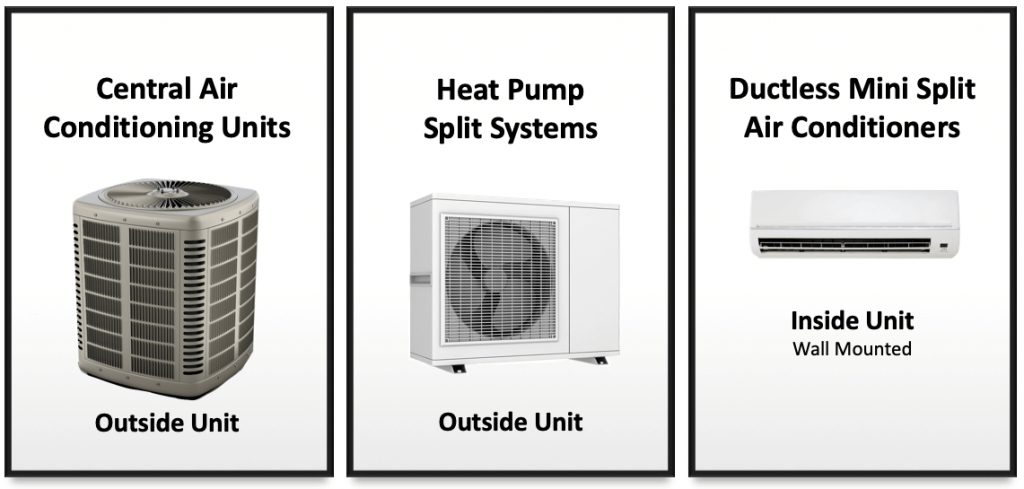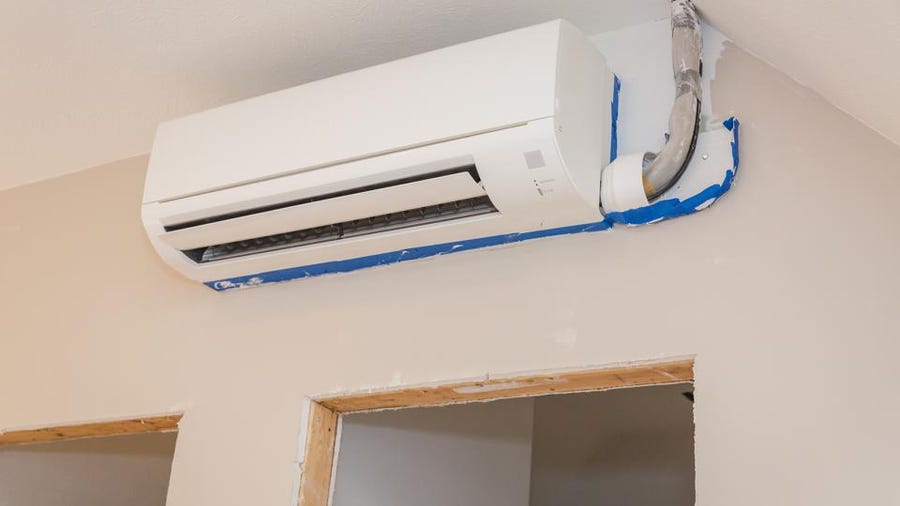How Much For New Air Conditioning System

Decoding the Cost of a New Air Conditioning System: A Comprehensive Guide
Embarking on the journey of replacing or installing a new air conditioning system can feel like navigating a complex maze. Cost is a major factor, but understanding what influences that cost is crucial to making an informed decision. This guide will break down the various elements contributing to the final price, helping homeowners, HVAC technicians, and facility managers alike.
Factors Influencing Air Conditioning System Costs
Several key elements dictate the price you'll pay for a new AC system. These include the type of system, its size and efficiency, the complexity of the installation, and regional labor rates.
1. Type of Air Conditioning System
The type of system you choose significantly impacts the overall cost. Here's a breakdown:
- Central Air Conditioning: This is the most common type, using a network of ducts to distribute cooled air throughout the home. Cost ranges from $3,000 to $7,000 installed for a standard efficiency unit, but can exceed $12,000 for high-efficiency models in larger homes.
- Ductless Mini-Split Systems: Ideal for homes without ductwork or for targeted cooling of specific areas. These systems consist of an outdoor compressor/condenser and one or more indoor air handlers. Costs typically range from $3,000 to $8,000 for a single-zone system, with multi-zone systems costing considerably more.
- Window Units: These are the least expensive option, suitable for cooling a single room. Prices range from $150 to $800 per unit, depending on size and features.
- Portable Air Conditioners: These units can be moved from room to room and don't require permanent installation. Prices range from $200 to $600.
- Geothermal Heat Pumps: While technically heat pumps (capable of both heating and cooling), geothermal systems offer superior efficiency and longevity. However, the initial installation cost is significantly higher, ranging from $15,000 to $35,000 or more.
2. Size and Efficiency (BTUs and SEER)
The size of the unit, measured in BTUs (British Thermal Units), must be appropriately matched to the square footage of the area you're cooling. An undersized unit will struggle to maintain a comfortable temperature, while an oversized unit will cycle on and off frequently, leading to poor efficiency and humidity control. A qualified HVAC technician can perform a Manual J load calculation to determine the correct BTU requirement for your home.
SEER (Seasonal Energy Efficiency Ratio) measures the cooling efficiency of an air conditioner. The higher the SEER rating, the more efficient the unit, and the lower your energy bills will be. The current minimum SEER rating is 14 in most of the United States. High-efficiency units can have SEER ratings of 20 or higher. While high-SEER units have a higher upfront cost, they can save you a significant amount of money on energy bills over the lifespan of the system. For instance, upgrading from a SEER 14 to a SEER 18 unit could save you hundreds of dollars per year, depending on your climate and energy usage.
Example: A homeowner replacing a 10-year-old AC system with a SEER of 10 with a new SEER 16 unit in a 2,000 sq ft home in Florida could save approximately $300-$500 per year on cooling costs.
3. Installation Complexity
The complexity of the installation process can significantly affect labor costs. Factors that contribute to installation complexity include:
- Existing Ductwork: If you're replacing an existing central AC system, the condition of the ductwork will need to be assessed. Leaks, blockages, or improper sizing can reduce efficiency and necessitate repairs or replacement. Ductwork repairs or replacement can add several hundred to several thousand dollars to the overall cost.
- Accessibility: Difficult access to the installation location (e.g., attic, crawl space) can increase labor time and costs.
- Electrical Work: Ensuring adequate electrical capacity is crucial for safe and efficient operation. Upgrading your electrical panel may be required, adding to the overall expense.
- Permits and Inspections: Local building codes often require permits and inspections for HVAC installations. The cost of these permits varies depending on your location.
4. Brand and Features
Different brands offer varying levels of quality, features, and warranties. Carrier, Trane, Lennox, and Rheem are generally considered to be among the top brands, but they also tend to be more expensive. Consider features like variable-speed blowers, smart thermostats, and enhanced filtration systems, which can improve comfort, efficiency, and air quality. Extended warranties can provide peace of mind but will add to the initial cost.
5. Regional Labor Rates
Labor rates for HVAC technicians vary significantly depending on your location. Metropolitan areas typically have higher labor costs than rural areas. Get quotes from multiple contractors to compare prices and ensure you're getting a fair deal.
Breaking Down the Costs: A Realistic Estimate
To give you a clearer picture, here's a breakdown of the potential costs associated with a typical central air conditioning system replacement:
- Equipment (AC Unit): $2,000 - $6,000 (depending on SEER rating and size)
- Installation Labor: $1,000 - $3,000 (depending on complexity)
- Ductwork Inspection/Repair (if needed): $0 - $2,000
- Electrical Work (if needed): $0 - $500
- Permits and Inspections: $50 - $300
- Thermostat (optional upgrade): $50 - $300
Total Estimated Cost: $3,050 - $12,100+
Note: These are just estimates. The actual cost may vary depending on your specific circumstances.
Financing Options and Rebates
Installing a new air conditioning system is a significant investment. Fortunately, several financing options are available to help make it more affordable. Many HVAC contractors offer financing plans, or you can explore options like home equity loans or personal loans. Furthermore, check for rebates and incentives offered by your local utility company, state government, or the federal government. The ENERGY STAR website is a great resource for finding available rebates.
Example: Many utility companies offer rebates of $100-$500 for installing ENERGY STAR certified AC units.
Tips for Getting the Best Price
Follow these tips to ensure you get the best possible price on your new air conditioning system:
- Get Multiple Quotes: Obtain quotes from at least three different HVAC contractors. Compare not only the price but also the equipment specifications, warranty terms, and installation details.
- Ask About Energy Efficiency: Discuss the SEER rating and potential energy savings with each contractor. A higher SEER rating may have a higher upfront cost, but it can save you money in the long run.
- Check for Licensing and Insurance: Ensure that the contractor is properly licensed and insured to protect yourself from liability.
- Read Reviews: Check online reviews and ask for references to gauge the contractor's reputation and quality of work.
- Negotiate: Don't be afraid to negotiate the price. HVAC contractors may be willing to offer discounts or incentives, especially during slower seasons.
- Consider Off-Season Installation: HVAC contractors are often less busy during the spring and fall, which may translate to lower prices.
Long-Term Cost Considerations: Beyond the Initial Price Tag
While the initial cost of a new air conditioning system is important, it's crucial to consider the long-term costs as well. A more efficient system with a longer lifespan may be a better investment in the long run, even if it has a higher upfront price.
- Energy Savings: Calculate the potential energy savings over the lifespan of the system based on its SEER rating and your energy usage.
- Maintenance Costs: Regular maintenance is essential to keep your AC system running efficiently and prevent costly repairs. Factor in the cost of annual maintenance visits.
- Repair Costs: Consider the potential repair costs associated with different brands and models. Some brands are known for their reliability, while others may be more prone to breakdowns.
- Lifespan: A well-maintained air conditioning system can last 15-20 years. Choose a system with a proven track record of longevity.
Investing in a new air conditioning system is a significant decision. By understanding the various factors that influence cost, carefully evaluating your options, and choosing a reputable HVAC contractor, you can ensure that you get the best possible value for your money and enjoy a comfortable and energy-efficient home for years to come.
